India’s education system in a limbo

Anushua Banerjee, a student of Masters in International Relations, is an aspiring researcher and diplomat. She loves enriching life with art, is a dance aficionado, and passionate about social work and teaching underprivileged children.

Indian education system in the time of COVID 19
[responsivevoice_button voice=”US English Female” buttontext=”Read out this Theel for me”]
The current disposition of academic pedagogy around the globe has been jeopardized due to the COVID 19 outbreak. The virus has demonstrated the value of health workers and service executives and the demeanor of Asian Nations in containing the spread considerably better than the superior western world. However, some queries and doubts would be for a country whose development is distinctly subordinated by the degree of education of the majority of its people.
Reiterating the importance of education
The Indian Population index indicates that it struggles to provide succor for survival, food, shelter, and nutrition. By the definition of Income Inequality Index, India ranks well beneath the ten lowest-ranking countries, according to the UK based charity Oxfam International’s “Commitment to Reducing the Inequality (CRI) Index.” The global standards have not always immunized India. Still, affront in ensuring education to its densely populated masses emaciated through decades of colonial exploitation, subjugation, and poverty, the Indian government has been showing commendable enterprise through compulsory education.
The MHRD (Ministry of Human Resource Development) testifies that the country currently has 900 Universities and 40,000 Colleges, and about 1.3 million schools. For a country still developing, with the most significant number of youngsters enrolled in schools, which is a brilliant policy initiative, but gets demanding as the standard of education struggles to meet the necessities of quality and equality. Hence the mammoth educational infrastructure of India in which 34 crores of its population goes for seeking education, further reinforces its indispensability in the human resource development of the country.
Education, for any other developing country, is a vehicle for amelioration and empowerment. A huge population is despicably poor, sexualized, marginalized, and stratified. There is a prime need to arrange for compulsory schemes of education in those countries to spread awareness against evils of population explosion, gender bias, religious factionalism, economic growth, the value of money and trade.
“The modern world belongs to the half-educated, a rather difficult class because they do not realize how little they know”
William R. Inge
The East Wind of Coronavirus has taken a toll on every minutely functioning civil society across the globe. Mankind has never witnessed so many fatalities without any actual weapons of mass destruction; borders locked, airlines frozen, railways incapacitated, humans immobilized, a helpless numbness.
Situational crisis struck the education system
Schools, colleges, and universities, all have been frozen since the mid of March 2020, and there is no distant hope of robust stimulation. These institutions went under overnight lockdown, sealing and severing entire administrations. Most of the institutions, especially the universities, were almost at the brink of ending a year or between mid-semesters, had to close down to a woeful crisis triggered by a worldwide pandemic. The prime need is having to stop people to people contact and community spread of the deadly virus through mass gatherings.
The normal life of students, teachers, and support staff went into a sudden standstill. Some in the middle of writing a final term exam, some amidst attending classes, everything is thrown into limbo, without any proper plan of action ahead. As it so happened during these months between March, April, May, and in the foreseeable future, the crippling of such educational institutions have left pertinent doubts and anxious hopes shrouded in uncertainty. Admissions for the new academic year withheld, along with the termination of the last year without final examinations, further adding to the environment of doubt.
Institutions and faculty members having to confront the lockdown which has exceeded are coming up with some spontaneous managerial fixes, like online classrooms, digital portals for conducting examinations and admissions. Needless to admit that India isn’t the most digitally equipped to support all the demands of more than a third of the population. Some government schemes have come up with a ‘Zero’ semester concept that provides buffer time for students, especially in higher education system, before examinations are conducted, much like negating the existing term that most likely began from January 2020 for most of the schools and colleges. The levels of uncertainty and inaccessibility have tainted the young minds and the future of India.
Return of starvation
According to a UNICEF press release, “Futures of 370 million children in jeopardy as school closures deprive them of school meals – UNICEF and WFP”. School meals are especially critical for girls. In many poor countries, the promise of a meal can be enough to make struggling parents send their daughter to school, allowing her to escape heavy domestic duties or early marriage. Mid-Day Meal (MDM) scheme of India, which is considered as the world’s largest school meal program serves hot and freshly cooked meals to emaciated children, according to the Ministry of Human Resource Development (MHRD).
As per the government data, in the year 2018-19, the MDM scheme served about 9.17 crore children in 11.35 lakh schools across the country. How can one country as highly populated as India can ignore the societal aspect of providing education even during the pandemic? It won’t be very long before the health pandemic becomes a hunger catastrophe. Hence, we must act fast, according to WFP Executive Director David Beasley.
Consequence of lockdown
The abruptness of the lockdown has been exacerbated by the sheer questionable future of easing out of this crisis. Amidst such a scenario, very few institutions have the preparedness to provide for education with a durable virtual infrastructure for a long time. Much of the economy is startled in a black hole and doesn’t yet know the planned exit from the crisis. Education has been thwarted specifically institutionally. Indian institutions are caricatures of structural, systematic educational mediums, corroborated with regular and disciplined classroom teaching with occasional webinars, but never had the remote concept of teaching from home.
Schools, colleges, and universities are an ecosystem in itself, where culture is exchanged, science and arts are learned, shared, and tested thoroughly. Exams which form an indeed critical assessment for the Indian masses have been paralyzed. As already mentioned, India cannot provide technological infrastructures to gear the education system through these times of crisis.
The University Grants Commission (UGC) is yet to release guidelines for academic measures to be taken by all colleges and universities for the current and next academic sessions, based on reports submitted to it, regarding teaching-learning processes, examinations, admissions, and academic calendar amidst COVID 19 lockdown. However, some local news channels suggest that this arrangement of the disarrayed education system is to continue at least until September.
The challenges ahead
Through these months of despair, governments are ramping up healthcare procurement. But providing smart education is certainly not the priority of the hour, and is it even possible with internet connectivity, power failures threatening even the big cities, let alone the smaller and satellite towns and connecting villages. The grinding halt of the education system challenges the future capacity of educational administrations in this country. Much of the global IT sector is functioning steadily, even if not in leaps and bounds, still sailing through ‘Work from Home.’
However, hiring has been frozen, with no campus placements for the final year graduates, making future bleakers for aspiring educated Indian youth creating financial challenges in many households. Viewing more socially and personally, even the working women in the Indian households are now expected to fit into the conservative roles of being a daughter, wife, mother, cook, daily chores, now more than ever has become a balancing act in the domestic sphere.
Managing academics and household chores is a tormenting challenge; the professional and personal lines are beginning to seem blurry. The quality of research can also be bruised by lack of access to online academic journals, and hobbled practical sessions crucial to fields like medicine, science, and media amidst the crisis.
Reiterating that the globe is in a frenzied mess and internationally education does not get precedence over the steep rise of unemployment, falling stock markets, sanctions against China, crumbling global order, and indebtedness towards health workers. But it is the single cradle, and sooner or later, education will have to be revolutionized to meet such unprecedented scenarios, especially in third world countries like India.


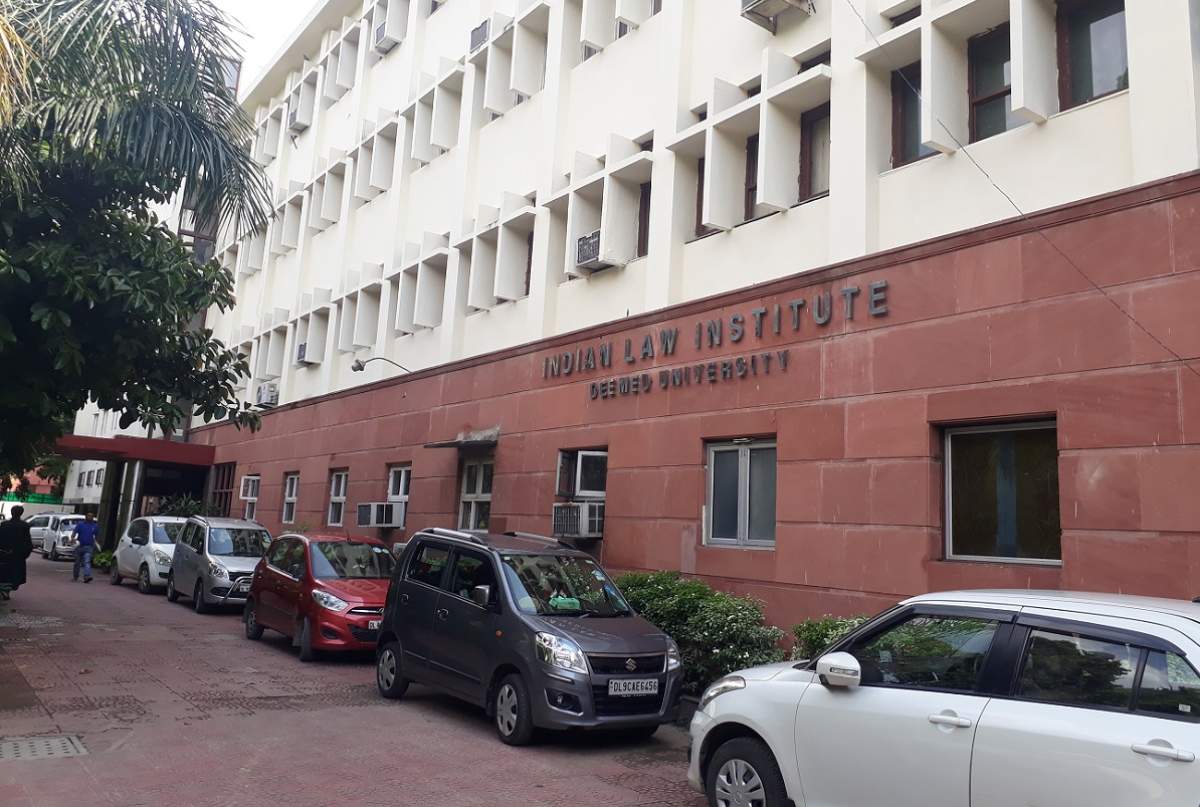
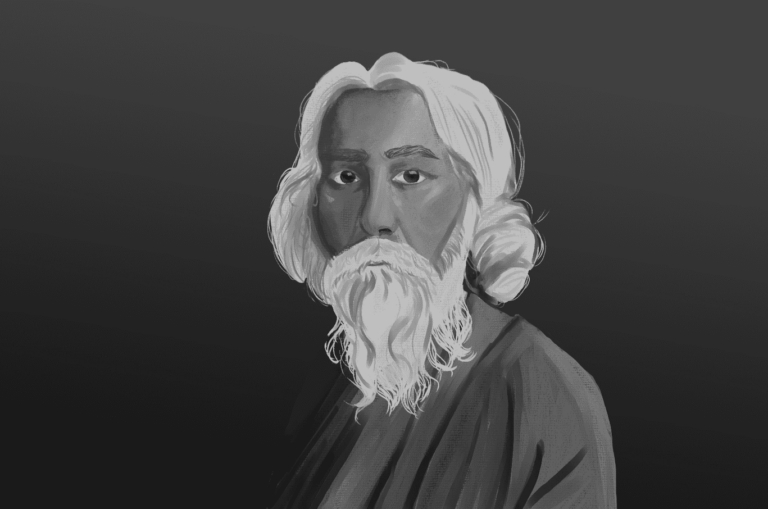
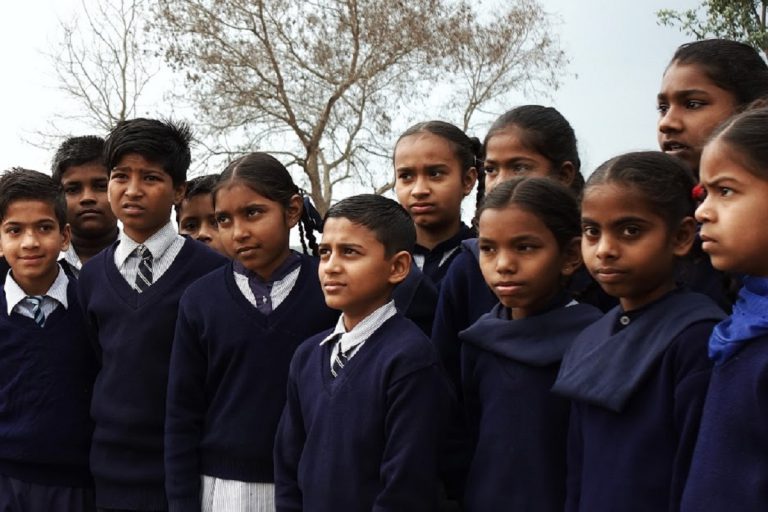
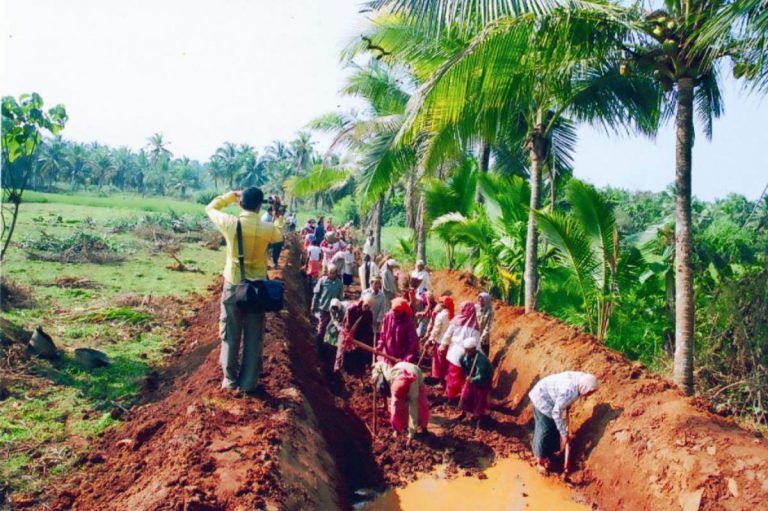

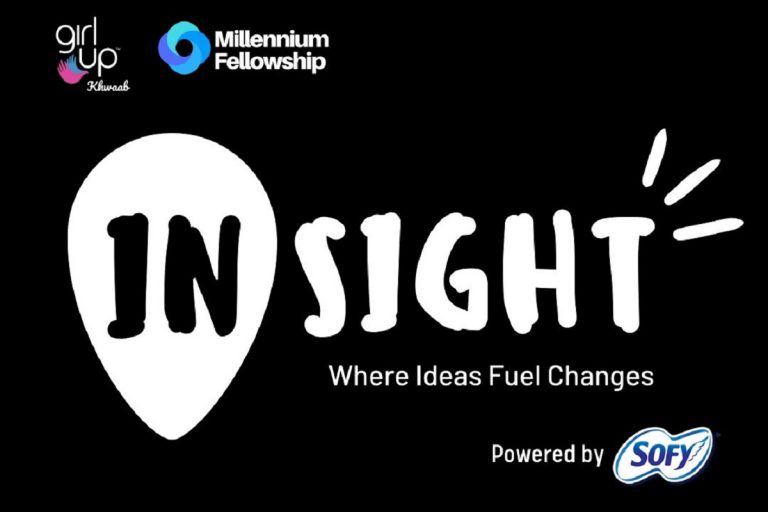

Readers' Reviews (1 reply)